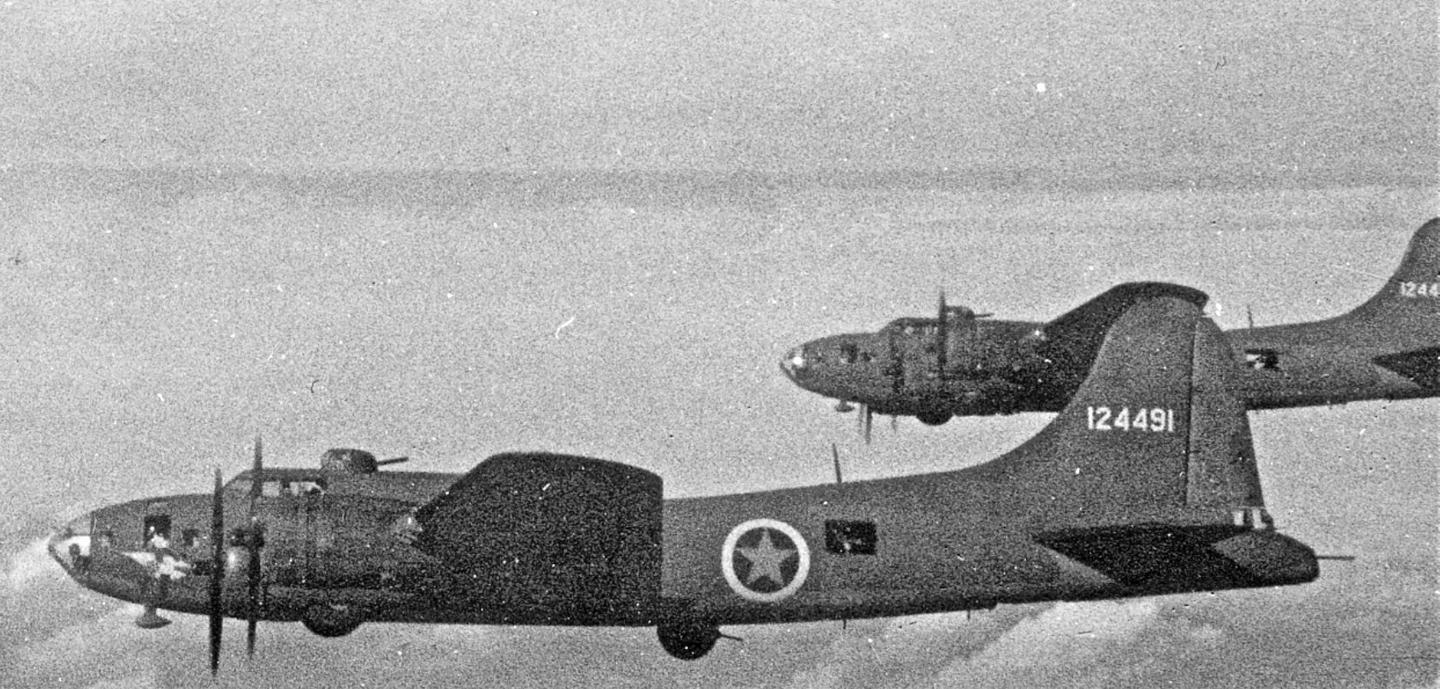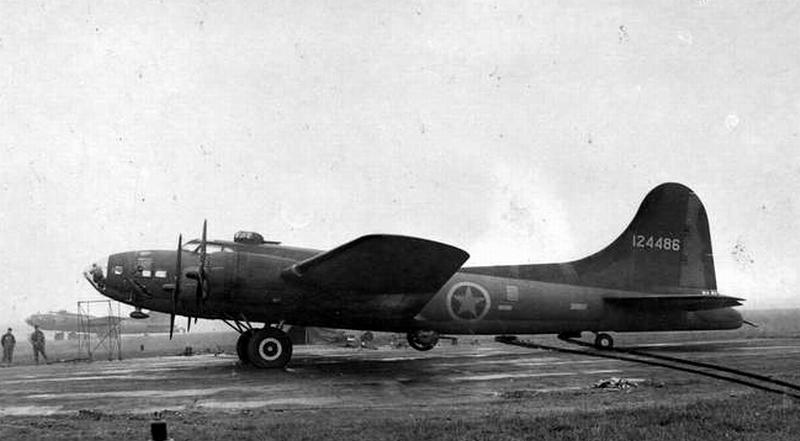
The other day somebody posted a sideview on Facebook of what a particular early 306th Bomb Group B-17F – 41-24501 – might have looked like. Apparently there are no photos of the plane, which was shot down in January 1943. The artist had portrayed the aircraft with a yellow surround to the fuselage cocarde, which prompted a number of comments like “the markings are for Operation Torch”, but it’s not that simple.
Over the weekend I was looking at an old Roger Freeman booklet from 1971 . . . Camouflage & Markings: Boeing B-17 Flying Fortress U.S.A.A.C. & A.A.F., 1937-1945. He noted that "Two changes were made to the National Insignia on some early B-17Fs in the UK and may seem somewhat contradictory in nature, as one was intended to make the cocardes more distinct . . . In October 1942 a concentric 2 inch yellow band was ordered to be painted round fuselage cocardes. Most 97th and 301st B-17s sported this adornment although in many instances the encircling band was a good 3 inches wide. Fewer B-17Fs of the other early groups were thus decorated before the practice was discontinued on heavy bombers. No dated order is known to the author but most group paintshops had stopped applying the yellow outline by December 1942."
In my experience the only "other" B-17 group to display those yellow outlined cocardes was the 306th Bomb Group, for example on 41-24491 in the photo above. I've not seen them in the 91st, 303rd or 305th groups. Has anyone here?
